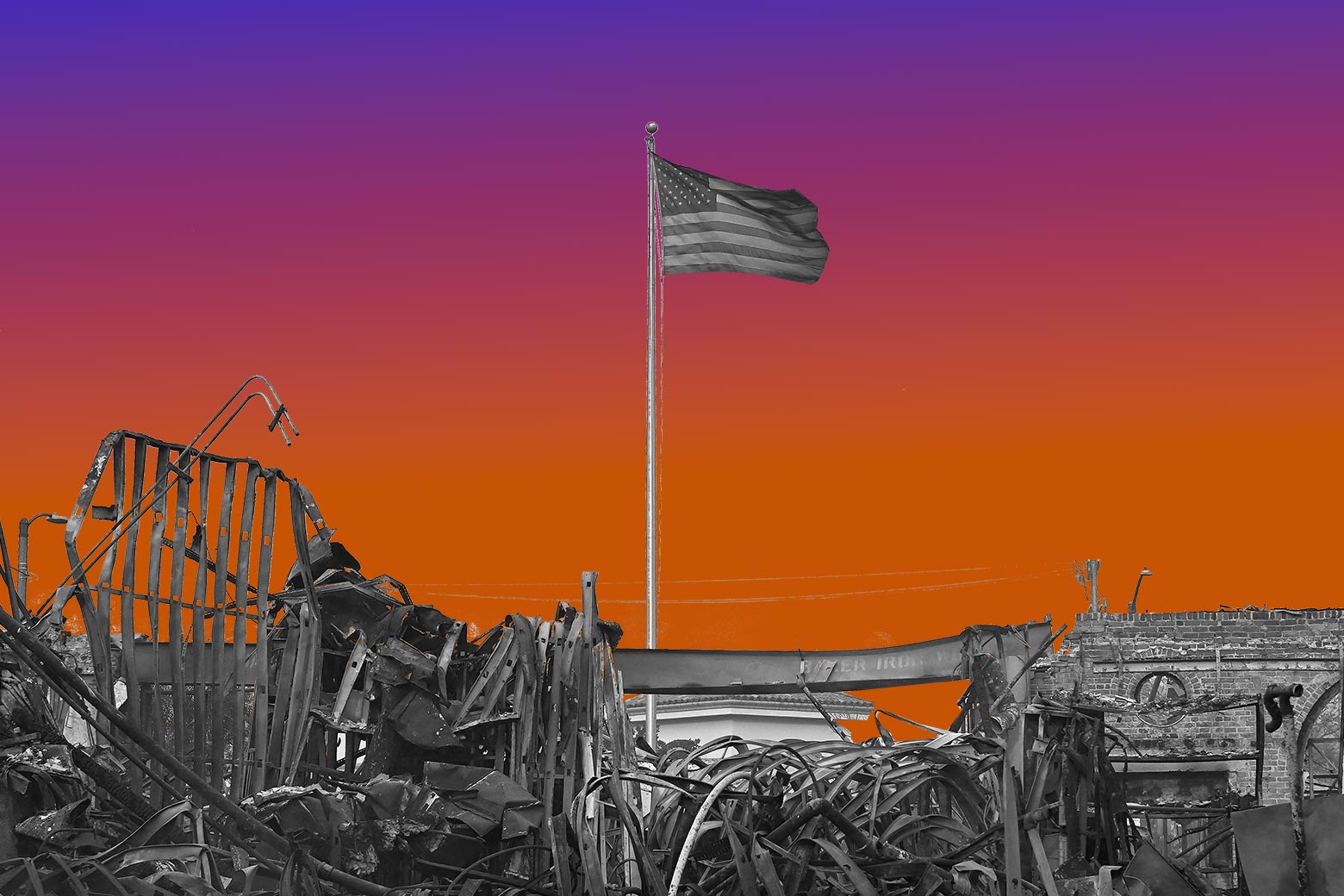Unraveling the Causes: Who is Responsible for the LA Fires?
As Los Angeles faces the fury of its wildfires, the question of responsibility looms large. These devastating fires not only threaten lives and property but also raise concerns about the broader implications for the environment and community. This article seeks to explore the various factors contributing to the LA fires, including climate change, urban development, and fire management practices, while examining who bears responsibility for these escalating disasters.
Climate Change: A Major Player in the LA Fires
One of the most significant contributors to the increasing frequency and intensity of wildfires in Los Angeles is climate change. Over the past few decades, rising temperatures and prolonged droughts have created a perfect storm for wildfires. According to the NASA climate change website, average global temperatures have risen significantly, affecting weather patterns and increasing the likelihood of extreme weather events.
- Temperature Increases: The average temperature in California has risen by approximately 1.8°F since the late 1800s, leading to hotter summers and drier conditions.
- Extended Droughts: California has experienced several prolonged drought periods in recent years, making vegetation more susceptible to ignition.
- Increased Rainfall Variability: While California has historically dealt with cycles of drought and rain, climate change has made these cycles more erratic, contributing to both drought stress and potential flooding.
These climatic changes create a landscape ripe for wildfires, as dry vegetation serves as fuel. The responsibility for climate change primarily falls on global emissions and industrial activities. However, local authorities also play a role in addressing and mitigating the impacts of climate change through policy and urban planning.
Urban Development: The Role of Expansion
Another critical factor in the LA fires is urban development. Over the years, Los Angeles has expanded into wildland areas, increasing the risk of wildfires impacting homes and communities. The phenomenon known as the “wildland-urban interface” refers to areas where urban development meets undeveloped land, creating a dangerous intersection for fire risks.
- Increased Population Density: With a growing population, more homes are being constructed in fire-prone areas, leading to greater vulnerability.
- Land Use Policies: Local governments have often prioritized development over environmental conservation, allowing homes to be built in high-risk areas.
- Infrastructure Challenges: New developments can strain existing infrastructure, making it difficult for emergency services to respond quickly during fire outbreaks.
As urban sprawl continues, the responsibility to balance development with fire safety lies with city planners, developers, and policymakers. They must consider the long-term implications of building in fire-prone areas and implement strategies to minimize risk.
Fire Management Practices: Evaluating the Response
Fire management practices also play a crucial role in the current wildfire crisis in Los Angeles. Historically, fire suppression policies have been the norm, leading to an accumulation of vegetation that can fuel larger fires. The following points illustrate the complexities of fire management:
- Suppression vs. Prescribed Burns: While suppression has been the primary approach, controlled burns can help reduce excess vegetation and lower fire risks. The reluctance to implement these practices has been a point of contention.
- Funding and Resources: Fire departments often operate under strained budgets, limiting their capacity for prevention and response initiatives.
- Community Engagement: Effective fire management requires community involvement, including education about fire risks and personal preparedness. However, outreach efforts are often lacking.
In light of these challenges, the responsibility for fire management extends to government agencies, local communities, and individual homeowners. Everyone has a role to play in preparing for and mitigating the risks associated with wildfires.
Community Awareness and Individual Responsibility
While larger forces like climate change and urban development significantly influence wildfire risks, individual responsibility cannot be overlooked. Community awareness and preparedness are essential in reducing the impact of wildfires. Residents living in fire-prone areas should take proactive measures, such as:
- Creating Defensible Space: Homeowners should maintain a defensible space around their properties by clearing flammable vegetation and using fire-resistant landscaping.
- Staying Informed: Being aware of fire weather conditions and local alerts can help residents prepare for potential evacuations.
- Participating in Community Programs: Engaging in local fire safety programs can enhance community resilience and preparedness.
As the saying goes, an ounce of prevention is worth a pound of cure. By being proactive, individuals can significantly influence their safety and the safety of their communities during fire season.
Conclusion: A Collective Responsibility
In summary, the causes of the LA fires are multifaceted, involving climate change, urban development, and fire management practices. Each of these elements contributes to the increasing severity and frequency of wildfires, underscoring the need for a coordinated response from all stakeholders. Local authorities, developers, fire management agencies, and residents must work together to create a safer environment.
As Los Angeles continues to grapple with the devastating impacts of wildfires, it is essential to recognize that responsibility does not lie with one entity alone. Instead, it is a collective responsibility that requires action, awareness, and collaboration to protect lives, property, and the environment for future generations.
Only through a comprehensive and unified approach can Los Angeles hope to mitigate the devastating effects of wildfires and foster a resilient community that can withstand the challenges posed by an ever-changing climate.
See more Your Daily Weather



